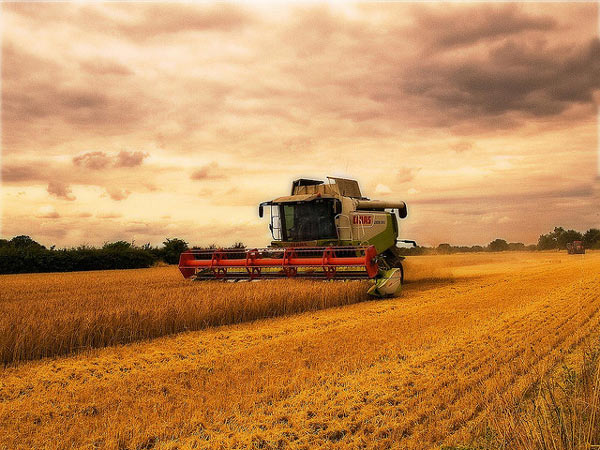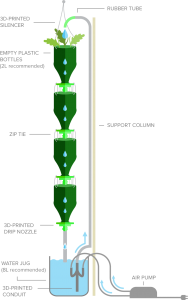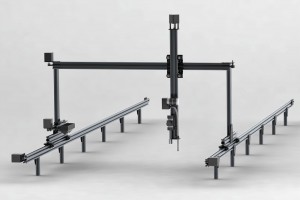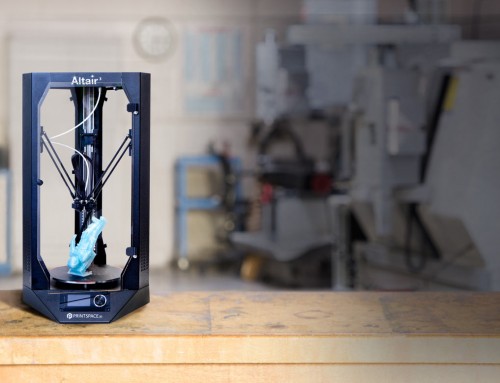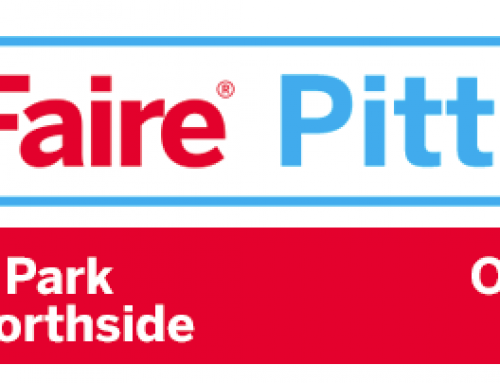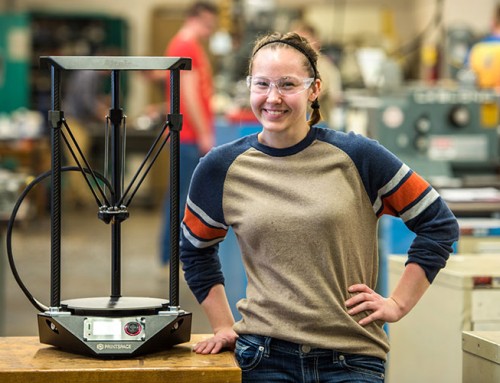Agriculture and ingenuity have always had a relationship based around one basic idea: how do we feed ourselves? Well, it turns out that 3D printing has brought about some significant innovations related to mass production and labor, two things that are particularly important to food production. How we feed ourselves is changing, and 3D printing is setup to be a major part of that.
When we look at 3D printing and agriculture, we first need to consider the tools involved. 3D4AgDev has been helping women farmers in Tanzania quickly design and adapt tools through a program that allows them to prototype and iterate tools which are ultimately created from a 3D printed model by the local blacksmith.
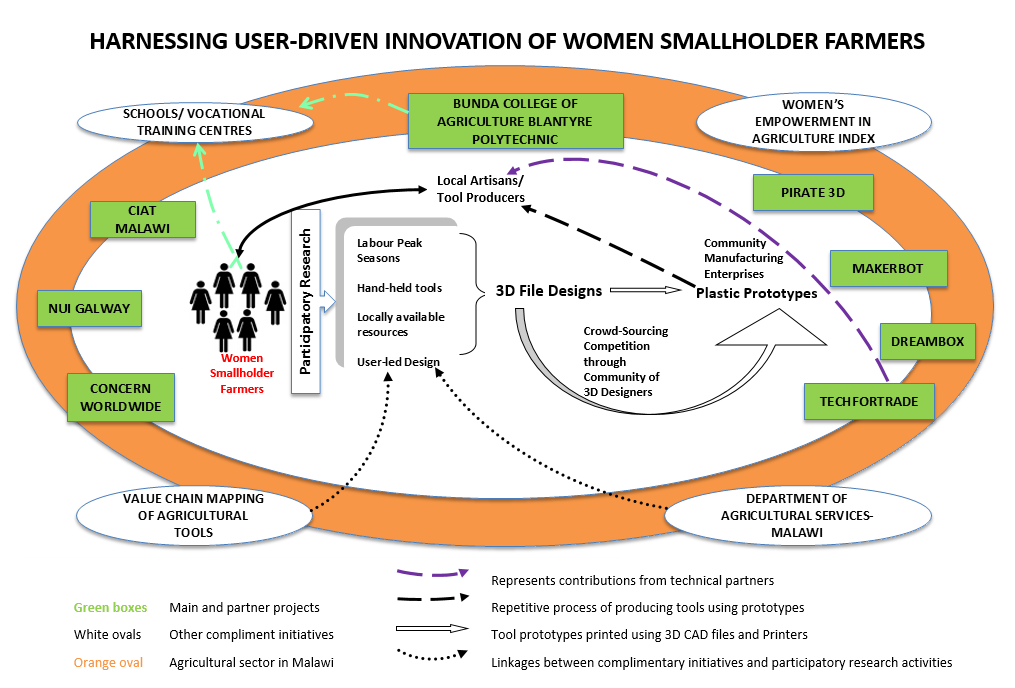
Courtesy of 3d4agdev.org.
Funded by the Bill and Melinda Gates foundation, the program is run by the Plant & AgriBiosciences Research Centre in the National University of Ireland Galway.
Hydroponics Printing
The 3DPonics project was recently successfully funded through kickstarter to expand their open-source hydroponics community resources. They provide digital models to print fittings and connectors for vertical, low cost, do-it-yourself systems that trickle water and nutrients through planters made from modified two liter bottles. Additionally, the project provides a social platform for their growers to connect and share ideas and tweaks to their design.
More information can be found here. The models are available on thingiverse.
Farming With FarmBot
A more direct use of 3D printing in agriculture applications is FarmBot.
This project provides an open-source, scalable printer-like piece of equipment set to revolutionize agriculture. It utilizes a tool mount on a Cartesian positioning system, driven by an Arduino board or raspberry-pi. Browsing the github for the project, there is a web interface provided for programming the FarmBot, and the project is updated frequently.
The tool mount seems to be one of the design’s greatest strengths. It is setup to accommodate a wide array of equipment, including a seed injector, a watering/pesticide nozzle, a plow, and a harvester. It is precise; this is primarily to make planting polycrops, multiple crops planted in tandem, feasible. Polycrops tend to have higher yields since they more closely resemble a natural ecosystem. The seed injector can carefully plant specific seeds from different crops in precise locations, and then harvest them appropriately later based on their original planted positions.
How do we feed ourselves? As the world’s population grows, this question will only become more important. 3D printing and agriculture will have a relationship of design and innovation shaping the answer.
